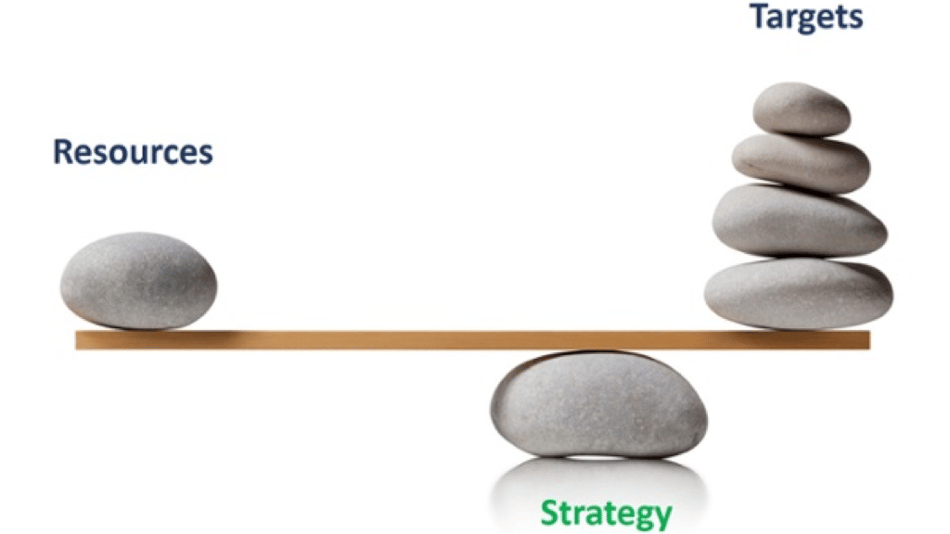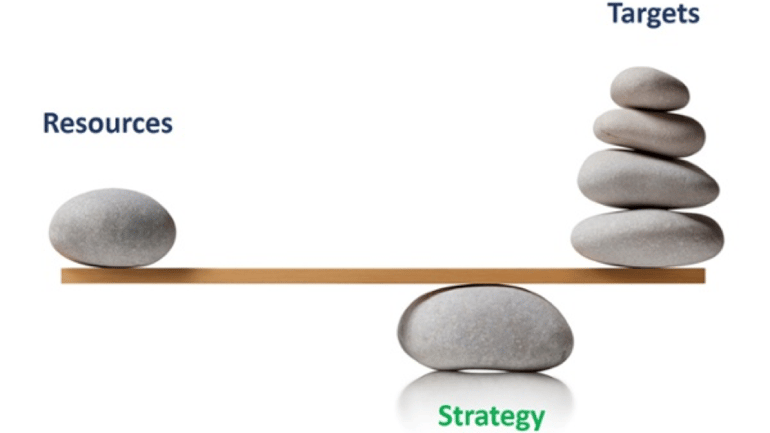The Sleeper Strategy B2B Companies Often Ignore: Customer Experience

Coming up with a strategy that will differentiate a business-to-business (B2B) company and will give your organization a competitive advantage for the long-term is tough. It can involve large investments in R&D to create new products, or significant risks to introduce new processes, or ways of doing business. These challenges are enough that many B2B companies shy away from strategic initiatives altogether.

But a good strategy is what B2B companies need if they have big growth aspirations, and limited budgets.
Fortunately, there's a sleeper strategy that is often forgotten or ignored by B2B companies. It doesn't require years of R&D or massive financial risk. You can put it to great effect in your company, usually within a quarter or two, and a relatively small team.
What is this sleeper strategy? It's a better customer experience.
Why Customer Experience?
A great customer experience is difficult to copy, adding value that can sustain higher prices and lay the foundation for sustainable competitive advantage for B2B companies. While competitors can match price, technology and products or services almost instantly, customer experience is much tougher for them to replicate.
When customers buy B2B products or services on price rather than value, they are saying that the business relationship is about price. They'll always want to pay less, and they will easily switch to a lower priced competitor. That is really no relationship at all, and a terrible way for a B2B company to operate.
On the other hand, a great customer experience delivers much more to a customer. It's almost impossible to copy. and it builds far stickier elements into the relationship.
How to Deliver a Great Customer Experience
Here are 10 easy steps to help you enhance the experience you deliver to customers:
1. Make Contact With Customers On a Regular Basis
Systematize customer follow-up to ensure that customer needs are being met and opportunities to enhance the relationship are acted upon immediately.
2. Always Be Adding Value
Provide customers with useful information at every turn. Think in terms of what information they may need or find helpful, and solicit feedback on how you can help simplify your interactions to better meet their needs.
3. Empower Customers With Self-Service
Each and every year, the number of self-serve options - even in B2B - increases. Don't force your customers to deal with people in your organization or add steps to their processes if they don't want or need that support. Let them deal with you in the simplest, most efficient manner. If you can offer e-commerce options, seriously consider it. It's only a question of time before your customers will be demanding it.
4. Empower Front-line Staff
Devise a great customer experience strategy that is supported by front line staff. Educate, train and empower front line staff to support the strategy and deliver an experience that exceeds customer expectations. Ensure that your front-line employees have all the information, resources, support and records they need to personalize the conversation and accommodate customers’ needs.
5. Actively Listen To Customers
Delivering a consistently excellent customer experience is impossible if you don’t have a systematic way to listen to whether you are achieving that goal. Understand customers’ opinions on everything from the quality of your products and the timeliness of your service to suggestions as to how you can effectively help them. Ask them what they want and they will tell you.
6. Walk The Walk Across The Company
In many organizations, multiple teams interact with customers, yet they don’t work or communicate with one another. When developing your customer experience, take into account cross-departmental interactions and objectives. Develop expectation guidelines and feedback mechanisms for relevant customer experience across the departments. Create communications channels that regularly share experiences from the customers’ perspective. Evaluate the experiences and modify your strategy.
7. Engage Proactively With Customers
Take the time to initiate customer touch-points vis-a-vis information, feedback, improvement opportunities and customer news and find ways to address and pre-empt factors that erode customer satisfaction.
8. Remember Social Media for Customer Feedback
Identify, engage and respond on social channels preferred by your customers. Social channels can be phone, e-mail, ticket support, 24/7 support, Facebook pages, LinkedIn pages, and other communities. B2B companies now ignore social media at their peril.
9. Measure, Improve and Measure Again
Strive for a culture that drives customer experience continual improvement. Develop KPI metrics for customer experience, customer expectations and customer satisfaction. Measure up-sell, cross-sell and conversion rates and tie them back to the KPIs.
10. Ask Again
Continually ask your customers what they desire, what they need. What you don’t know can hurt you. But what you ask and respond to - that is what will win you the game.
Subscribe to our newsletter to receive custom-crafted content and tools to help drive sustained sales growth and generate B2B leads.
.png?width=2361&height=488&name=Mezzanine%20Logo_Horiz_RGB_on%20blue%20(1).png)

